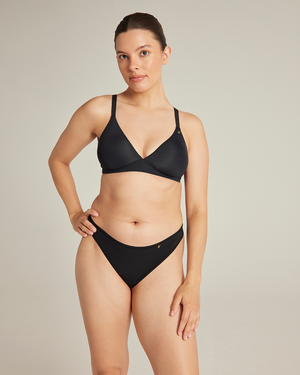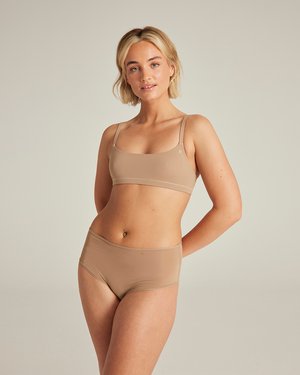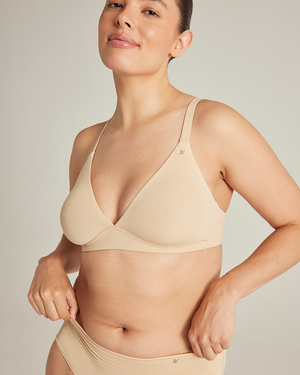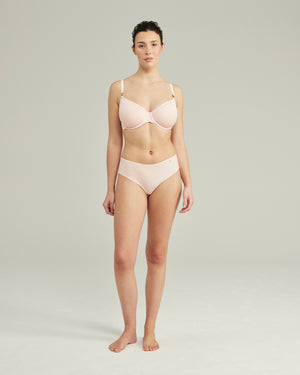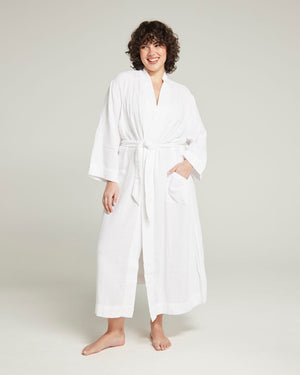Meditation has become a hot topic in recent years, but if you’ve never tried it, the practice might seem elusive or even intimidating. However, with the right guidance, meditation is accessible to everyone. One such guide is Athena Ko, one of London’s leading gong masters and meditation teachers, who has dedicated her life to helping others find focus, mental clarity, and calm in an increasingly complex world. Athena has a remarkable depth of experience, teaching meditation to a wide range of individuals—from professionals with high personal and professional demands to patients in psychiatric wards at Nightingale Hospital, one of London’s leading mental health facilities. Her approach is both grounded and profound, offering practical advice for navigating the pressures of modern life. For those just beginning their meditation journey, Athena’s wisdom and insight offer an approachable and powerful introduction to this life-changing practice.

What is Meditation?
At its core, meditation is a practice that brings the mind into the present moment by reducing the constant fluctuation of thoughts. It’s not about eliminating thoughts altogether—that’s a common misconception. As Athena explains, meditation is any practice that "leads to the cessation of the fluctuation of thoughts (not an elimination of thoughts) and brings the practitioner fully to the present."
This state of presence allows us to quiet the mental chatter that often clouds our thinking, helping us feel more grounded, centred, and in tune with our surroundings. Through meditation, the mind and body become more connected, leading to a range of benefits such as reduced stress, improved focus, and a sense of calm.

How to Get Started
Starting a meditation practice might sound daunting, but it doesn’t have to be. Athena suggests that beginners can start by reducing unnecessary noise in their daily lives. For example, "take headphones out during walks and be fully aware, without judgment, of the breath, steps, and surroundings." This simple act of mindfulness can help you tune into the present moment and serves as a gentle introduction to meditation.
Bringing awareness to your breath is a great way to begin. The breath is a natural anchor for attention, and focusing on it can immediately bring you into the here and now. You don’t need to sit in a certain posture or carve out a special time to start. Just observe your breathing—inhale and exhale—whether you’re sitting, walking, or even standing in line at the store.
Overcoming Common Challenges
Like any new habit, meditation takes time and patience to develop. One of the most common challenges beginners face is consistency. Meditation isn’t something you do once and then reap the benefits forever. It requires regular practice, much like brushing your teeth.
As Athena puts it, “you won’t talk to anyone in the morning without brushing your teeth, and in the same vein, you don’t want to interact with anyone with a mucky mind!" Viewing meditation as a form of "mental hygiene" can help you prioritise it in your daily routine. Even if you only have five minutes a day, showing up regularly for those five minutes will make a difference. As you practice, you’ll start to notice that your mind feels clearer, and you’ll carry that sense of clarity with you throughout the day.
A Simple Meditation Technique to Try
If you’re ready to dive in, here’s a simple, beginner-friendly meditation technique you can try at home. Athena recommends starting with something as straightforward as bringing awareness to your breath. Find a comfortable place to sit or lie down. Close your eyes if it feels right, and begin by observing your breathing. Don’t try to control it—just notice the rise and fall of your chest or belly as you breathe in and out. If your mind wanders, gently bring your focus back to your breath without judgment. The aim isn’t to empty your mind, but to notice when it drifts and to bring it back to the present.
Incorporating Meditation Into a Busy Schedule
One of the great things about meditation is that it can be practiced anytime, anywhere. You don’t need to set aside a long stretch of time to feel the benefits. According to Athena, “meditation could be done anytime. I drop into practice and bring awareness to my breath even waiting at the traffic lights."
Try incorporating mindfulness into your existing routine. You can practice while waiting in line, during a coffee break, or even while walking. The more you integrate these mindful moments into your day, the more natural it will feel to pause and reconnect with yourself.
Measuring Progress in Meditation
If you’ve been meditating for a while, you might wonder how to gauge your progress. Meditation isn’t about achieving a particular goal but about deepening your connection to the present moment. Keeping an open mind is crucial, as is being willing to try different techniques and practices. Athena advises trying "different practices from different lineages to find what resonates with you most." As you practice, you may find that you naturally encounter teachers or techniques that help you go deeper. Meditation is a personal journey, and progress is often subtle. Over time, you may notice that you’re more patient, more mindful, or less reactive in your everyday life. These are all signs that your practice is working.
Starting a meditation practice doesn’t have to be complicated. By focusing on something as simple as your breath and gradually building consistency, you can bring mindfulness into your life in a way that feels sustainable. Whether you practice for five minutes or fifty, the key is to show up regularly and remain open to whatever the practice may bring. So take a deep breath, and start where you are.
























